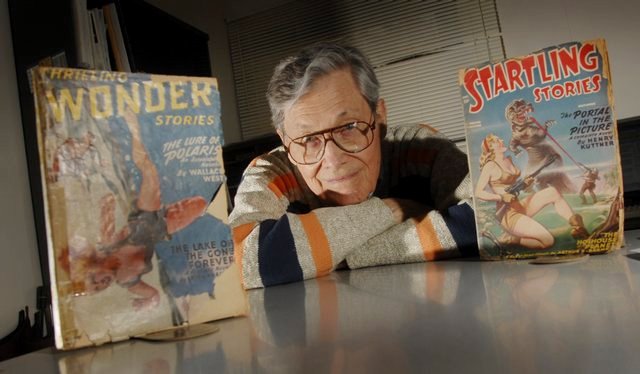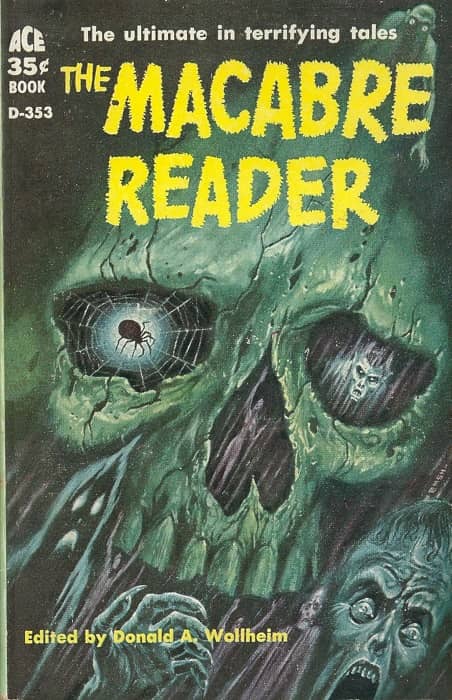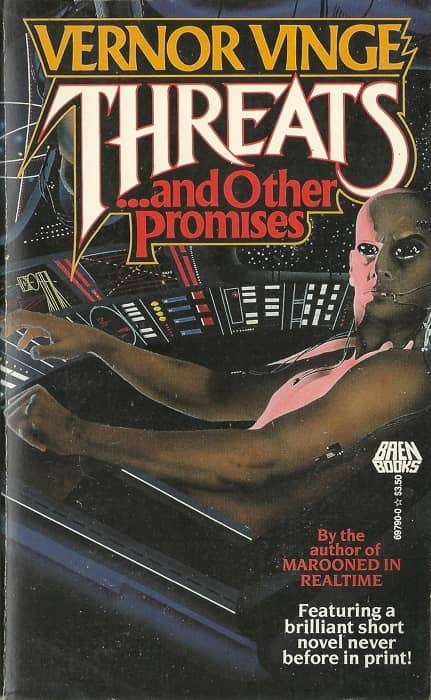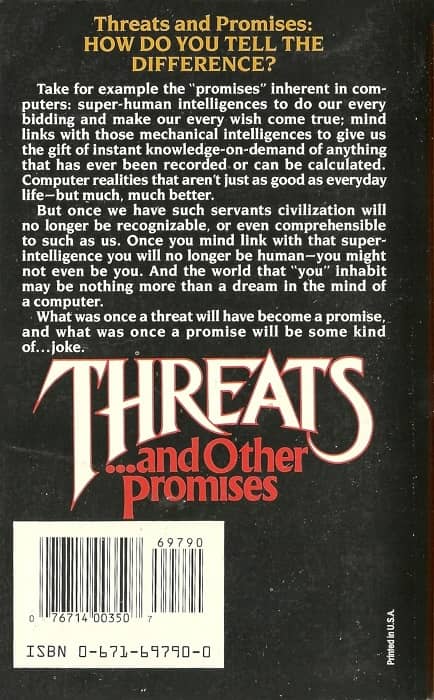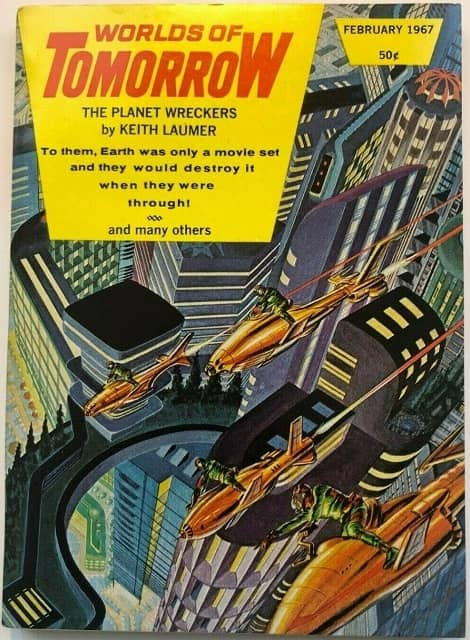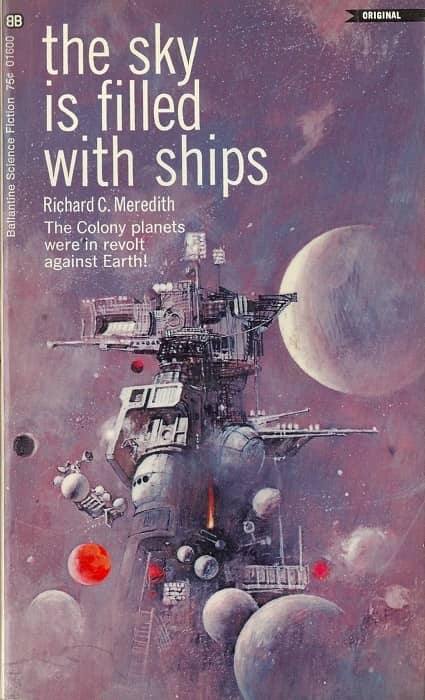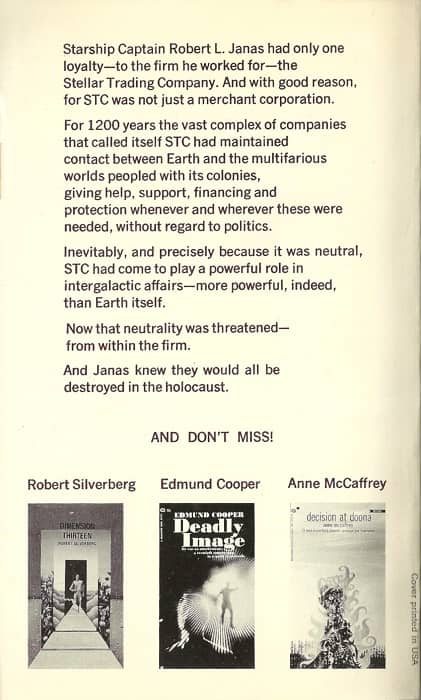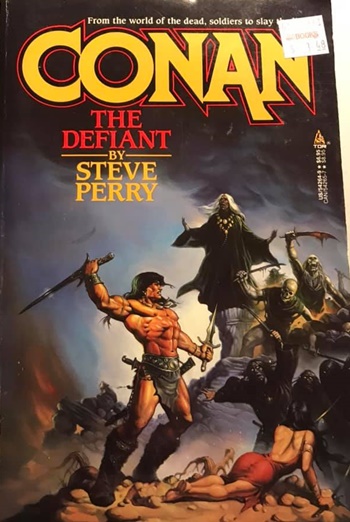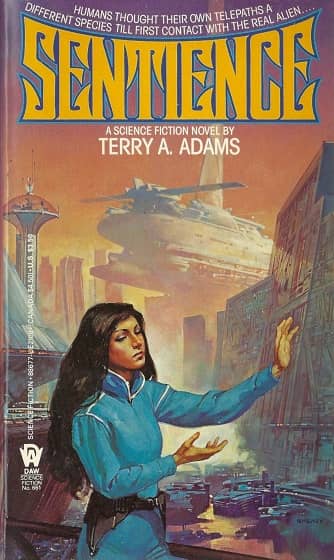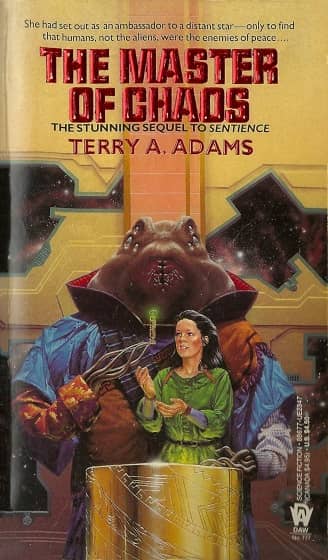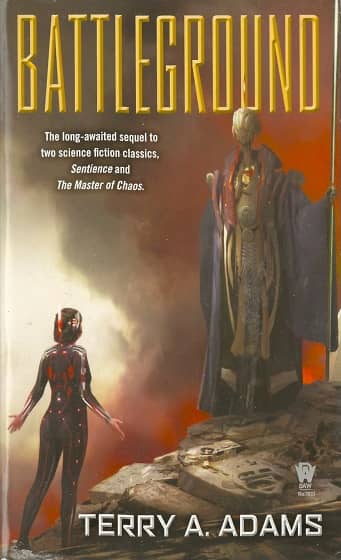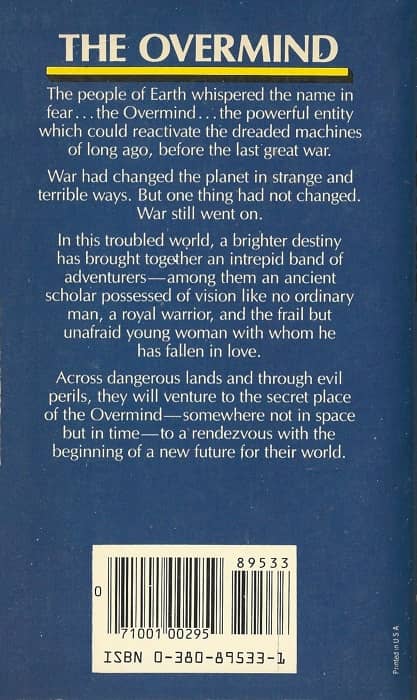Vintage Treasures: The Trackers Series by David Gerrold
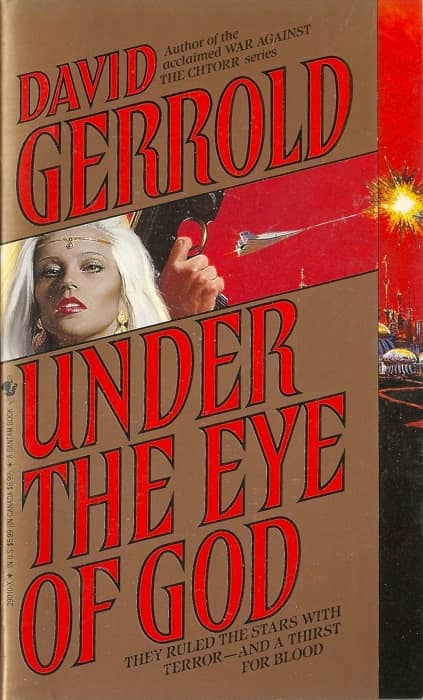 |
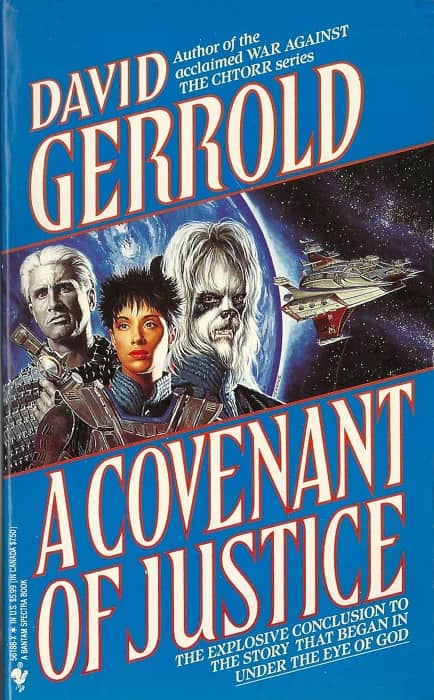 |
Covers by Michael Herring
David Gerrold began his career as a screenwriter for Star Trek (the famous episode “The Trouble With Tribbles”), Land of the Lost, Babylon 5, Sliders, and others, but today he’s chiefly known as an author and novelist, with such works as the Hugo Award winning “The Martian Child” (made into a 2007 John Cusack film), The War Against the Chtorr series, Star Wolf, and most recently Hella, a 2020 adventure thriller set on a world where everything is monstrously huge (“hella big”).
Anyone with a career that rich has a few interesting tales, and one of the more intriguing is the saga of Trackers, the story of a colony planet of human, androids and reptilian hunters that bands together to “strike back against their vampire overlords and bring revolution to the stars.” In 1987, while he was serving as a story editor for Star Trek: The Next Generation, Gerrold left to develop a Trackers mini-series for CBS.
In April I was offered the opportunity [to] write and produce a four-hour science-fiction mini-series for CBS and Columbia Television. The series is called Trackers and the Executive Producer is Daron J. Thomas. If the mini-series is a hit, then a regular weekly SF TV series would be developed from it. This was a very difficult decision for me to make. Star Trek has always been a home to me… [but] now, it was obvious to me that it was time to leave home. Or as my agent put it: “You can’t turn down the chance to be the Great Bird of your own galaxy.”
Trackers was never produced, and instead Gerrold turned it into a two-volume series for Bantam Spectra, Under the Eye of God (1993) and A Covenant of Justice (1994).
